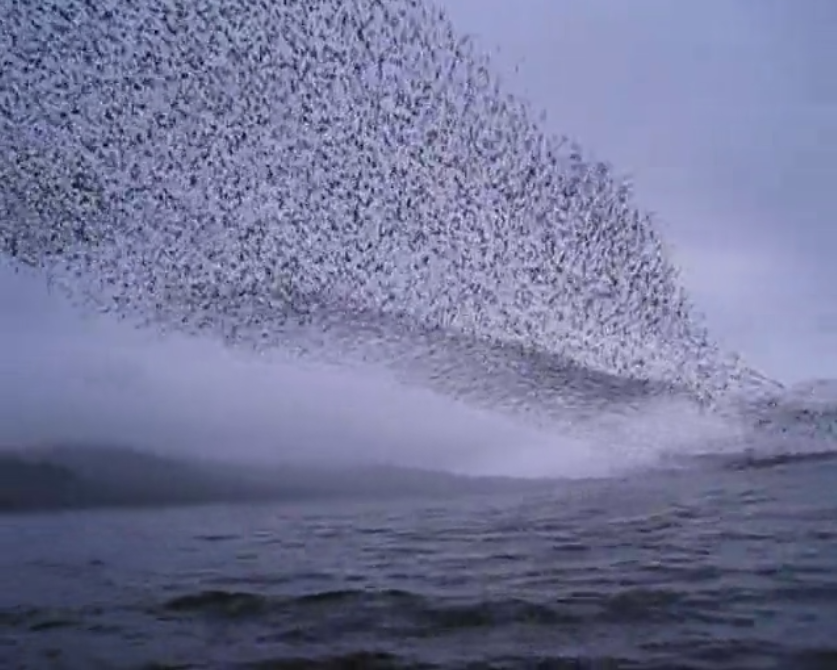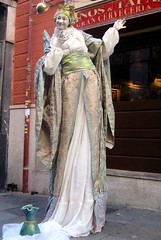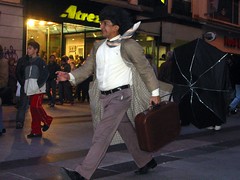Not so long ago a video of a flock of starlings swooping and swirling as one body in the sky went viral. Only two minutes long, the video shows thousands of birds over the River Shannon in Ireland, pouring themselves across the clouds, each bird following the one next to it. The birds flew not so much in formation as they flew in the biological equivalent of phase transition. This phenomenon of synchronized bird flight is called a murmuration. What makes the murmuration hypnotic is the starlings’ seemingly uncoordinated coordination, a thousand birds in flight, like fluid flowing across the skies. But there’s something else as well. Something else about the murmuration that appeals to us at this particular moment, that helps to explain this video’s virality.
The murmuration defies our modern understanding of crowds. Whether the crazed seagulls of Hitchcock’s The Birds, the shambling hordes of zombies that seem to have infected every strain of popular culture, or the thousands upon thousands of protestors of the Arab Spring, we are used to chaotic, disorganized crowds, what Elias Canetti calls the “open” crowd (Canetti 1984). Open crowds are dense and bound to grow denser, a crowd that itself attracts more crowds. Open crowds cannot be contained. They erupt. Continue reading “From a Murmur to a Drone”


